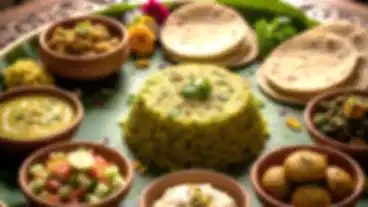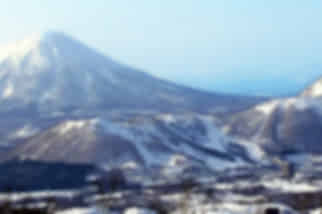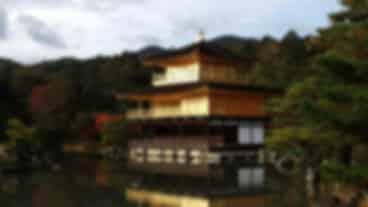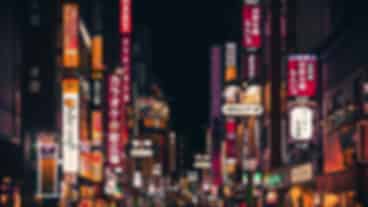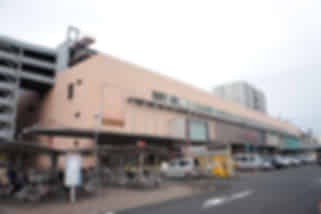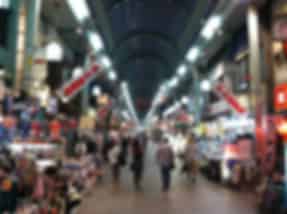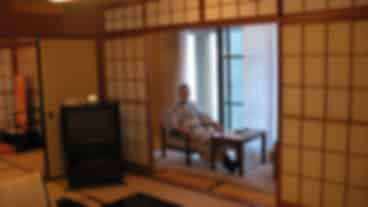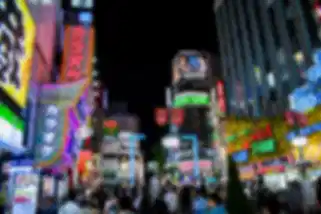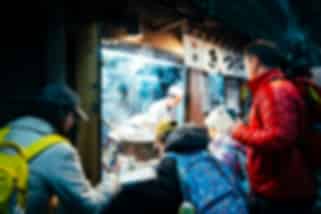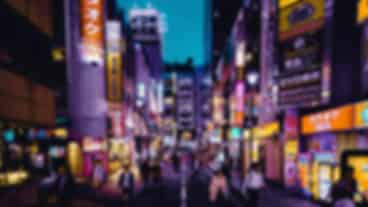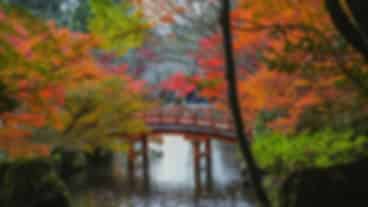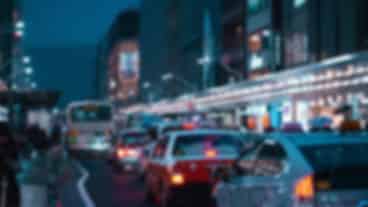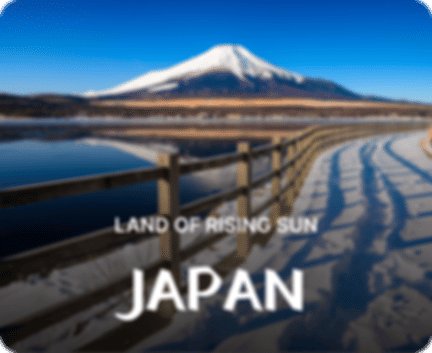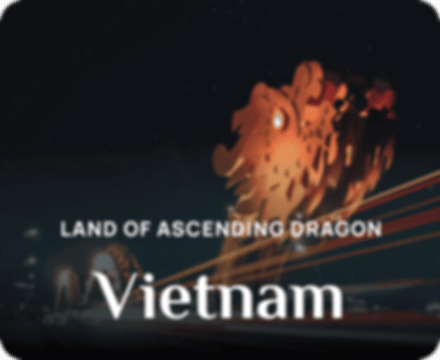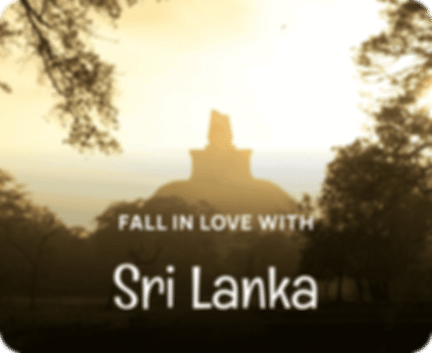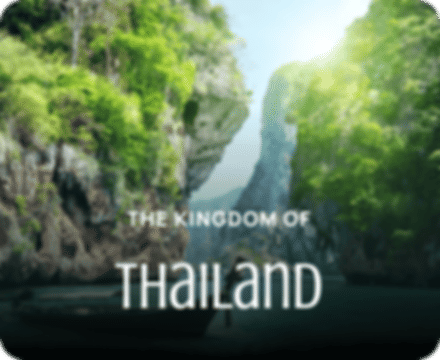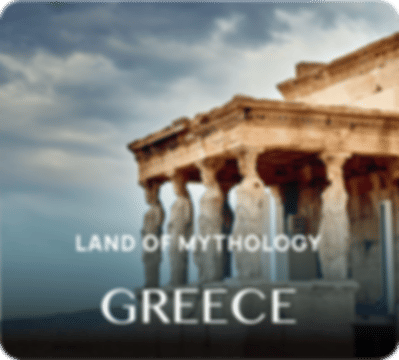Ultimate Guide to Japan’s Cultural Festivals : A Complete Japanese Festival Guide
Author
Anvie Shrivastava
Updated Date
October 14, 2025
Read
5 minutes
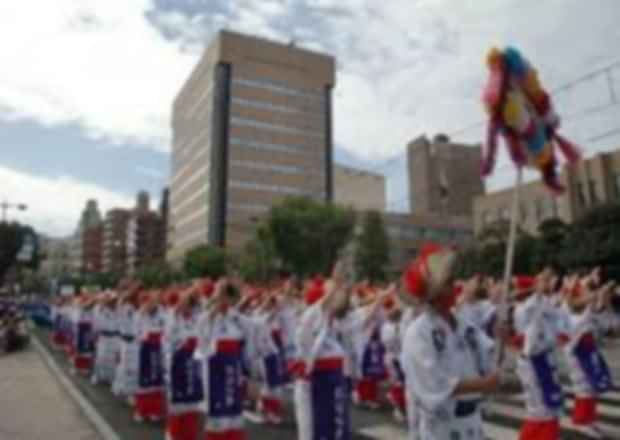
Japan’s Cultural festivals, also known as Japanese matsuri, are not just events; they are living traditions that weave together spirituality, artistry, and community. From elaborate floats of Gion Matsuri, Kyoto, to the sparkling ice creations of the Sapporo, each of these cultural festivals in Japan offers an immersive way to experience its celebrations. For travellers, festivals are more than photo opportunities. They represent the heart of Japanese cultural experiences where Shinto rituals meet modern crowds, and where history lives in colour, sound, and devotion.
Japan Festival Calendar 2025: Top Japanese Festivals by Month and Region
Here’s a quick snapshot of the top Japanese festivals organised for clarity, much like a Japan festival calendar.
| Festival | City / Region | Month | Highlights | Crowd Level | Access |
| Gion Matsuri Kyoto | Kyoto | July | Towering parade floats, month-long rituals | High | Kyoto Station; Kansai / Itami Airport |
| Sapporo Snow Festival, Hokkaido | Sapporo | February | Massive snow & ice sculptures, night illuminations | High | Sapporo Station; New Chitose Airport |
| Aomori Nebuta Festival | Aomori | August | Glowing lantern floats at night | High | Aomori Station / Airport |
| Awa Odori Tokushima | Tokushima | August | Street dance parades with music | High | Tokushima Station / Airport |
| Takayama Festival | Gifu | April & October | Intricate parade floats | Medium | Takayama Station |
| Tenjin Matsuri Osaka | Osaka | July | River processions, fireworks | High | Osaka / Kansai hubs |
| Kanda Matsuri Tokyo | Tokyo | May (odd years) | Mikoshi (portable shrine) parades | High | Tokyo (Narita / Haneda) |
| Hakata Gion Yamakasa Fukuoka | Fukuoka | July | Early morning float races | High | Hakata Station / Fukuoka Airport |
| Sendai Tanabata Festival | Sendai | August | Colourful streamers and bamboo displays | High | Sendai Station / Airport |
| Kochi Yosakoi Matsuri | Kochi | August | Energetic team dances | High | Kochi Station / Ryoma Airport |
| Kishiwada Danjiri Festival | Osaka | Sept–Oct | High-speed float pulling | High | Kishiwada Station |
| Chichibu Night Festival | Saitama | December | Lantern-lit floats, winter fireworks | Medium | Seibu Line from Tokyo |
The Spirit and Atmosphere of Japanese Matsuri
Unlike staged shows, Japanese festival traditions feel raw and alive. At the Aomori Nebuta Festival, enormous illuminated floats charge through the streets. In Kyoto’s Gion Matsuri, floats are constructed by hand, each telling a centuries-old tale. Winter brings the Sapporo Snow Festival in Hokkaido, where ice becomes both art and architecture.
Each event feels tied to its environment: humid summer nights buzzing with energy, or crisp winter evenings where lanterns glow against the snow. This is why Japan’s events by season matter so much when planning.
Festival Food in Japan: What to Eat at Japanese Matsuri
One of the best parts of attending famous cultural festivals in Japan is the food. From sizzling yakitori to takoyaki octopus balls and festival-exclusive sweets, stalls (yatai) line the streets. Eating becomes part of the experience, and food often reflects the festival’s region.
During Japan’s summer festivals like Awa Odori or Nebuta, ice treats and cold noodles keep you refreshed. In Japan, winter festivals like Sapporo, piping-hot ramen, and grilled seafood become festival staples.
Cultural and Spiritual Traditions at Japanese Festivals
Most Shinto festivals in Japan begin with rituals purifying shrines, carrying mikoshi (portable shrines), or blessing floats. UNESCO recognises several as cultural heritage in Japan, including Gion Matsuri in Kyoto and Chichibu Night Festival, making them Japanese festivals worth planning your trip around.
Participating respectfully in these Japanese cultural experiences means following etiquette: bowing at shrines, not blocking processions, and never touching sacred objects without permission.
How to Get to Japan’s Top Festivals
- Major cities like Tokyo, Kyoto, Osaka, and Sapporo are linked by Shinkansen bullet trains and domestic flights.
- Most Japanese matsuri are free, but premium seating for parades (like Tenjin Matsuri Osaka or Kanda Matsuri Tokyo) sells quickly.
- Always check the official Japan festival calendar before booking, as some dates shift yearly.
Seasonal Highlights: Best Japan Festivals by Season
- Spring: Takayama Festival, ornate floats in a charming mountain town.
- Summer: Gion Matsuri Kyoto, Awa Odori Tokushima, Nebuta Festival Aomori, Sendai Tanabata Festival, Tenjin Matsuri Osaka.
- Autumn: Kishiwada Danjiri Festival, Takayama Autumn Festival.
- Winter: Sapporo Snow Festival, Hokkaido, and Chichibu Night Festival.
Survival Tips for Japan’s Festival Crowds
- Arrive Early: For big parades, reach 1–2 hours before.
- Dress for the Season: Lightweight gear for humid summers, thermal layers for Japanese winter festivals.
- Money Matters: Bring cash; most yatai don’t accept cards.
- Meeting Points: Crowds can be overwhelming; set a regroup spot.
- Tourist Participation: Some events, like Awa Odori Tokushima, allow visitors to join dances.
Conclusion: Experience Japan’s Festivals in 2025
From the grandeur of Gion Matsuri in Kyoto to the frozen beauty of the Sapporo Snow Festival in Hokkaido, these top Japan’s cultural festivals showcase living history and community spirit. Attending them means more than watching; it’s stepping into centuries-old traditions that still pulse with energy today. Whether you want a summer itinerary full of Japanese dance festivals or a winter trip for snowy spectacles, Japan offer unique experiences to all. To make your journey stress-free, consider booking customised Japan tour packages from Pickyourtrail.
FAQs: Japan’s Cultural Festivals
- What are the most famous Cultural festivals in Japan?
The most famous festivals in Japan include Gion Matsuri in Kyoto, Sapporo Snow Festival in Hokkaido, Aomori Nebuta Festival, Tenjin Matsuri in Osaka, and Chichibu Night Festival.
- When is the best time to visit Japan for festivals?
Summer (July–August) is the peak Japanese matsuri season, while winter (February–December) highlights unique events like Sapporo and Chichibu. Spring and autumn also host historic parades like the Takayama Festival.
- Are Japanese festivals free to attend?
Yes, most are free, but premium seating and guided tours often require advance booking. A Japan festival ticket booking guide can help with details.
- Can tourists participate in Japanese matsuri?
Yes, visitors can join dances at Awa Odori Tokushima or local floats in select regions, but participation usually requires prior sign-up.
- What should I pack for Japan’s festivals?
For Japan’s summer festivals, bring breathable clothes, hats, and water. For Japan’s winter festivals, pack thermals, gloves, and boots. A power bank and cash are essentials year-round
Recommended articles for you
Discover Packages


Need help in planning?
Talk to our Travel Experts


